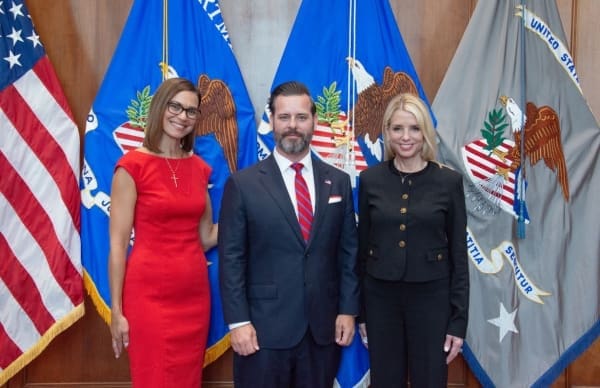An aircraft engine erupted into flames after reportedly striking an animal during takeoff from Denver International Airport, leading the pilots to execute an emergency landing over the weekend. The incident, involving a United Airlines Boeing 737-800 en route to Canada, was confirmed by the Federal Aviation Administration (FAA) and air traffic control recordings. The flight was carrying 153 passengers and six crew members.
Communication over the radio indicated the presence of flames, as noted by an observer who reported, “every once in a while, little bursts of flame coming out the right engine.” A crew member responded, noting a possible loss of the right engine. Despite the engine complications, the aircraft managed to land safely on Sunday, with no injuries reported, according to a statement from the airport.
The FAA has initiated an investigation into the incident. The occurrence of animals, particularly birds, striking airplanes is not uncommon, with nearly 20,000 such events reported in 2023. Historical data from the FAA highlights that from 1988 to 2023, wildlife collisions have resulted in 76 fatalities and the destruction of 126 aircraft across the United States.
The Bottom Line
The incident underscores the ongoing challenges faced by the aviation industry in mitigating risks associated with wildlife strikes. For communities and passengers, the assurance of safety protocols and emergency preparedness plays a vital role in maintaining confidence in air travel. Airport authorities and airlines may need to explore enhanced measures to prevent such occurrences, potentially leading to improvements in wildlife management around airports.
This event also highlights the importance of continuous monitoring and readiness by airline crews to handle unexpected situations effectively, ensuring passenger safety. It serves as a reminder of the complex dynamics between modern air travel and environmental factors, urging further advancements in technology and operational procedures to safeguard against similar incidents in the future.












